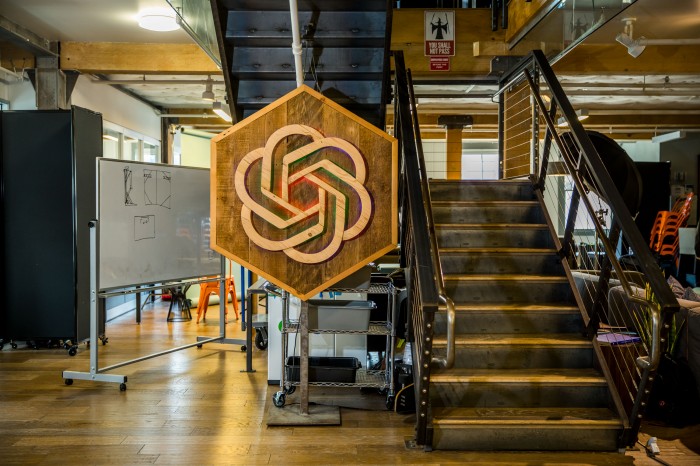Picture this: you’re chatting with an AI that understands your words and responds with a voice that sounds almost human, complete with emotional tones. It feels like you’re having a real conversation. Sounds amazing, right? But what if people prefer these AI conversations over real ones with other humans?
On August 8th, OpenAI, the company behind ChatGPT, recently issued a cautionary note about their new Voice Mode feature. This feature allows ChatGPT to speak with a voice that can convey emotions, much like a human. While it might seem like a helpful and advanced tool, OpenAI is concerned about the unintended consequences it could bring. One major worry is that users might start forming emotional connections with the AI, treating it almost like a human friend.
OpenAI’s concerns were highlighted in a document called the System Card for GPT-4o. This document dives deep into the possible risks of the new model and the precautions taken during its development. One of the most significant concerns mentioned by OpenAI is the risk of “anthropomorphizing” the AI. In simpler terms, this means people might start to see AI as having human-like qualities and form emotional attachments to it.
The idea of people attributing human traits to non-human things isn’t new. It’s a concept called anthropomorphization, and it happens when we see faces in clouds or name our cars. However, when it comes to AI, this behaviour can lead to deeper issues. OpenAI noticed early signs of this during initial tests of the Voice Mode. Some users started forming emotional bonds with ChatGPT, with one even expressing sadness at the thought of their time with the AI coming to an end, saying, “This is our last day together.” This kind of attachment, if it grows, could have significant implications.
But why is this a problem? Well, for one, if people start to see AI as a friend, they might start relying on it more than they should. They could prioritize conversations with ChatGPT over real human interactions. This could be especially true for lonely individuals who might find comfort in the AI’s consistent and non-judgmental responses. While this might seem like a good thing at first, it could lead to people withdrawing from real-life relationships, which are essential for emotional and mental well-being.
Moreover, prolonged interactions with AI could change how we interact with each other. For instance, with ChatGPT, you can interrupt the AI whenever you want, without any social consequences. In real life, though, interrupting someone is often seen as rude. If people get used to this kind of interaction with AI, it might start to influence how they interact with other humans, potentially leading to a breakdown in social norms.
Another concern is the potential for AI to persuade users. Although OpenAI’s current models aren’t strong enough to pose a significant risk in this area, the company worries that if people develop deep trust in AI, this could change. If users start to see the AI as a trusted friend, they might be more easily swayed by its suggestions, which could have dangerous implications.
So, what is OpenAI doing about these concerns? The company admits that it hasn’t yet found a solution to prevent people from forming emotional attachments to AI. However, they are actively monitoring the situation and plan to study the issue further. They hope that by involving a more diverse group of users and gathering more data on how people interact with the AI, they can better understand the risks. Additionally, OpenAI is planning to collaborate with independent researchers to explore these issues more deeply.
In conclusion, while the Voice Mode for ChatGPT offers exciting possibilities, it’s not without its risks. As AI becomes more advanced, it’s essential to consider the potential impact on human relationships and social norms. OpenAI’s warning is a reminder that, while technology can bring great benefits, we must also be mindful of the unintended consequences. Balancing innovation with caution will be key as we navigate this new frontier in AI-human interaction.




